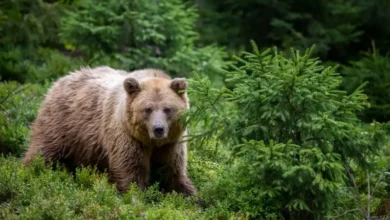Arrest of a smuggler of venomous spiders and scorpions worth Millions of dollars

In a startling revelation, Turkish police recently apprehended an individual suspected of attempting to smuggle a cache of valuable and potentially dangerous creatures out of the country.
According to Reuters, the suspect, identified by state media as a curator at New York’s American Museum of Natural History, was arrested at Istanbul Airport on Sunday.
The arrest came following the discovery of dozens of bags in the suspect’s luggage, each containing approximately 1,500 scorpions and spiders, including tarantulas. Additionally, police seized several plastic bottles filled with unspecified liquids.
While the state-owned Anadolu news agency named the suspect as Lorenzo Prendini, a curator at the renowned American Museum, neither the museum nor Prendini has issued any immediate comment or response to the allegations.
The seized specimens were reported to be endemic to Turkey, and authorities highlighted their potential value in medical research.
Specifically, the DNA of these creatures could be utilized, and their poisons extracted for medicinal purposes. The suspect is expected to face charges under anti-smuggling laws, though their identity remains undisclosed at this time.
According to authorities, the illegal trade of such creatures is strictly prohibited due to the high financial stakes involved. Research indicates that the market value of just one liter of medicine derived from scorpion venom can amount to a staggering $10 million.
This incident underscores the global challenge of wildlife trafficking and the illicit trade of endangered or protected species. Beyond the economic incentives driving such activities, there are significant ecological and ethical concerns associated with the exploitation of wildlife for profit.
Furthermore, the potential risks posed by the smuggling of venomous creatures extend beyond monetary considerations.
These animals can pose serious threats to public health and safety if released into non-native environments or mishandled.
Efforts to combat wildlife trafficking require a multi-faceted approach, encompassing stringent law enforcement measures, international cooperation, public awareness campaigns, and sustainable conservation efforts.
By addressing the root causes driving illegal wildlife trade and promoting responsible stewardship of our planet’s biodiversity, we can strive towards a future where both human and animal populations thrive in harmony.










